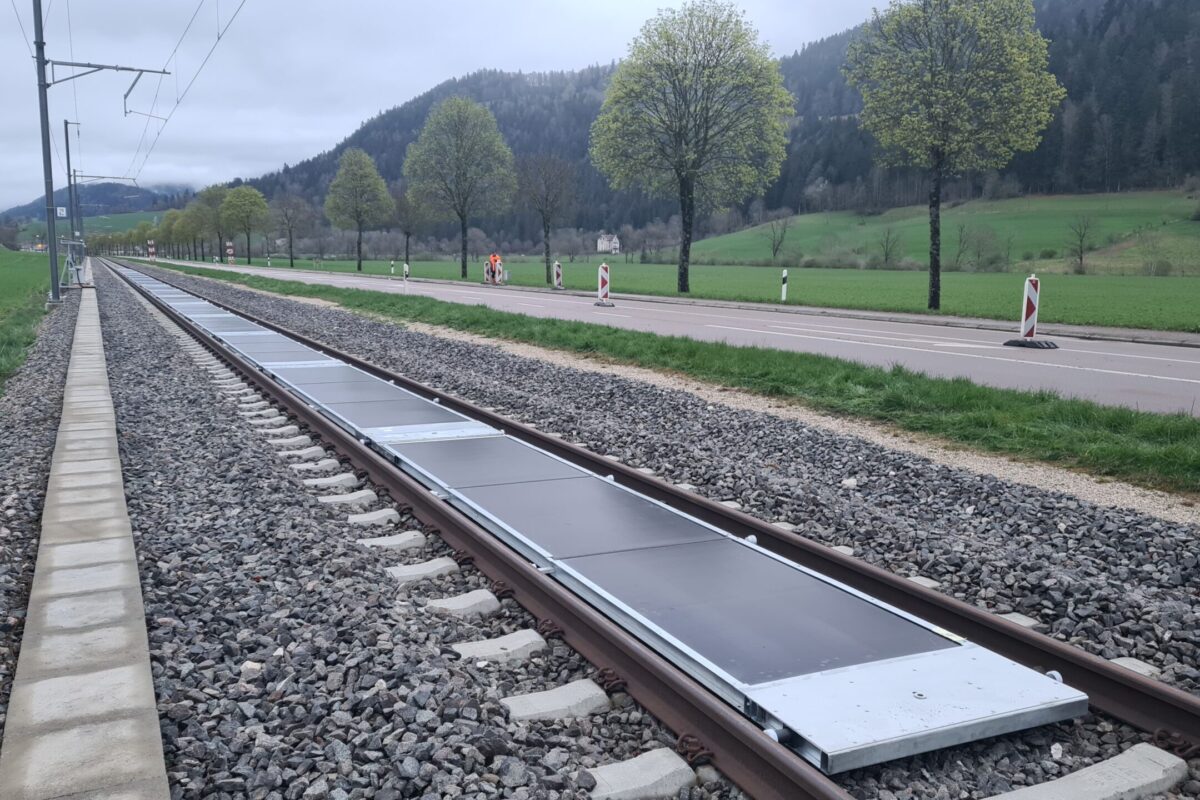Ceres Power and Delta Electronics have signed a global long-term manufacturing collaboration and license agreement for solid oxide electrolysis cell (SOEC) and solid oxide fuel cell (SOFC) stack production. “The agreement includes revenue of £43 million ($54.5 million) to Ceres through technology transfer, development license fees, and engineering services,” said the companies. The agreement includes royalty payments to Ceres on future commercial production and sale to end customers by Delta. The factory construction will start in 2024, and Delta's initial production is expected to begin by the end of 2026.
The Australian Government committed AUD 70 million ($46.17 million) to develop a renewable hydrogen hub at Bell Bay, in Northern Tasmania. The total combined investment in the Bell Bay Hydrogen Hub, which should produce 45,000 tonnes of renewable hydrogen a year, will be over $300 million. The Tasmanian Government is leading a consortium of partners to deliver the project by early 2028. The news was welcomed favorably by environmental organizations.
Airbus has powered the electric motors of its iron pod, a future hydrogen-propulsion system designed for its electric concept aircraft, for the first time. “It was a huge moment for us because the architecture and design principles of the system are the same as those that we will see in the final design,” commented Mathias Andriamisaina, Head of Testing and Demonstration on the ZEROe project. “The complete power channel was run at 1.2 MW, the power we aim to test on our A380 demonstrator.” Testing will continue on this first version of the iron pod throughout 2024. Once completed, the next step for the ZEROe team will be to optimize the propulsion system's size, mass, and qualifications to meet flight specifications.
Solaris has signed a deal with German operator Ruhrbahn to supply 19 zero-emission, hydrogen-powered buses to Essen. The vehicles will be equipped with hydrogen fuel cells, and ADAS safety systems. The vehicles should be delivered in 2024 and 2025. The order includes nine Urbino 12 hydrogen models and ten Urbino 18 hydrogen models. “The 12-meter models will use a 70 kW fuel cell, while the articulated buses will have a 100 kW fuel cell. All models will be powered by central electric motors. Urbino hydrogen buses will also feature Solaris High Power batteries designed to support the fuel cell during increased activity,” said the Polish manufacturer.
The Italian railway operator Ferrovie della Calabria (FdC) has commissioned three new narrow-gauge hydrogen trains from Stadler, signing the second call-off. “The first call-was for the delivery of six trains. Both vehicles already on order, as well as the new ones, will be manufactured at Stadler's headquarters in Bussnang, Switzerland,” said Stadler. The trains will operate on regional and local transport routes within the Italian region of Calabria from 2026.
Through the HYLA brand, Nikola Corporation produced 42 and wholesaled 35 Class 8 Nikola hydrogen fuel cell electric vehicles (FCEVs) in 2023. The FCEV commenced serial production on Jul. 31, 2023, with the commercial launch on Sep. 28. “Nikola's FCEV features a range of up to 500 miles and an estimated fueling time as low as 20 minutes,” said the Phoenix-based company.
Caterpillar announced the success of its collaboration with Microsoft and Ballard Power Systems to demonstrate the viability of using large-format hydrogen fuel cells to supply reliable and sustainable backup power for data centers. “The demonstration was conducted in a challenging environment and validated the hydrogen fuel cell power system's performance at 6,086 ft (1,855 m) above sea level and in below-freezing conditions. The project simulated a 48-hour backup power event at Microsoft's data center in Cheyenne, Wyoming, where a hydrogen fuel cell was integrated into a data center electrical plant to support its critical load,” said Caterpillar, the US engineering equipment manufacturer.
While the ammonia-to-hydrogen price remained stable over the last week at €5.30/kg, other forms of hydrogen production registered a decrease in prices. The ICIS Northwest Europe ammonia-to-hydrogen price fell below the baseload electrolysis equivalent in mid-January as ammonia pricing remained stable amid falls in both natural gas and electricity wholesale markets across northwest Europe. “Baseload electrolysis, using Dutch front-month power prices, fell by nearly €0.50/kg week on week to stand at €5.05/kg on Jan. 18. This is a €0.25/kg discount to the ammonia-to-hydrogen equivalent and the first time that baseload electrolysis has been below ammonia-to-hydrogen for over a year,” said the price information service company.
This content is protected by copyright and may not be reused. If you want to cooperate with us and would like to reuse some of our content, please contact: editors@pv-magazine.com.



2 comments
By submitting this form you agree to pv magazine using your data for the purposes of publishing your comment.
Your personal data will only be disclosed or otherwise transmitted to third parties for the purposes of spam filtering or if this is necessary for technical maintenance of the website. Any other transfer to third parties will not take place unless this is justified on the basis of applicable data protection regulations or if pv magazine is legally obliged to do so.
You may revoke this consent at any time with effect for the future, in which case your personal data will be deleted immediately. Otherwise, your data will be deleted if pv magazine has processed your request or the purpose of data storage is fulfilled.
Further information on data privacy can be found in our Data Protection Policy.